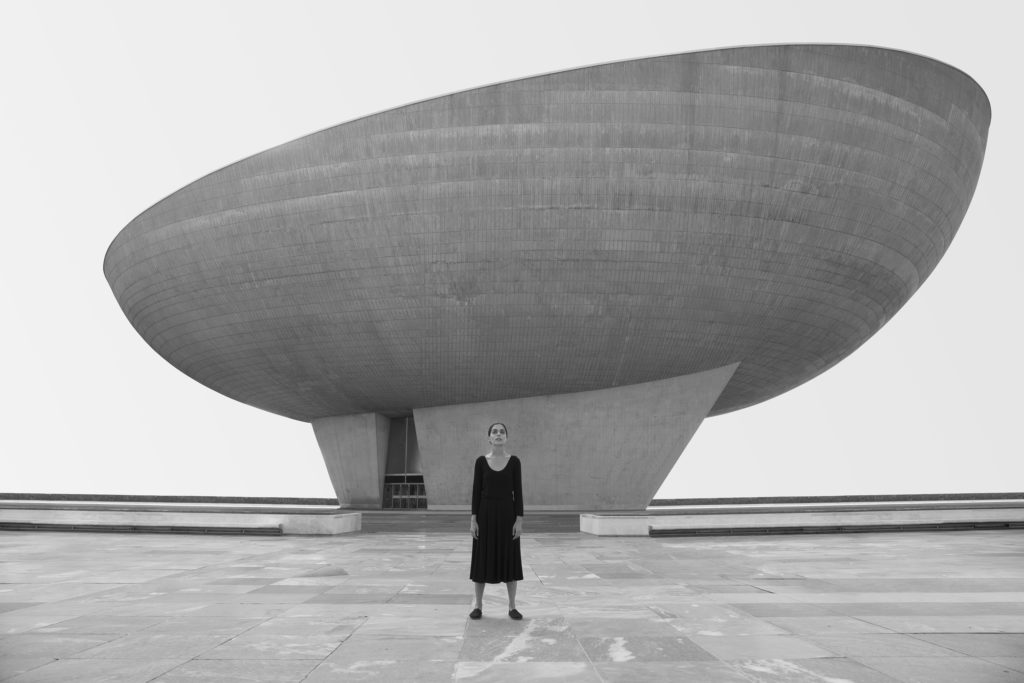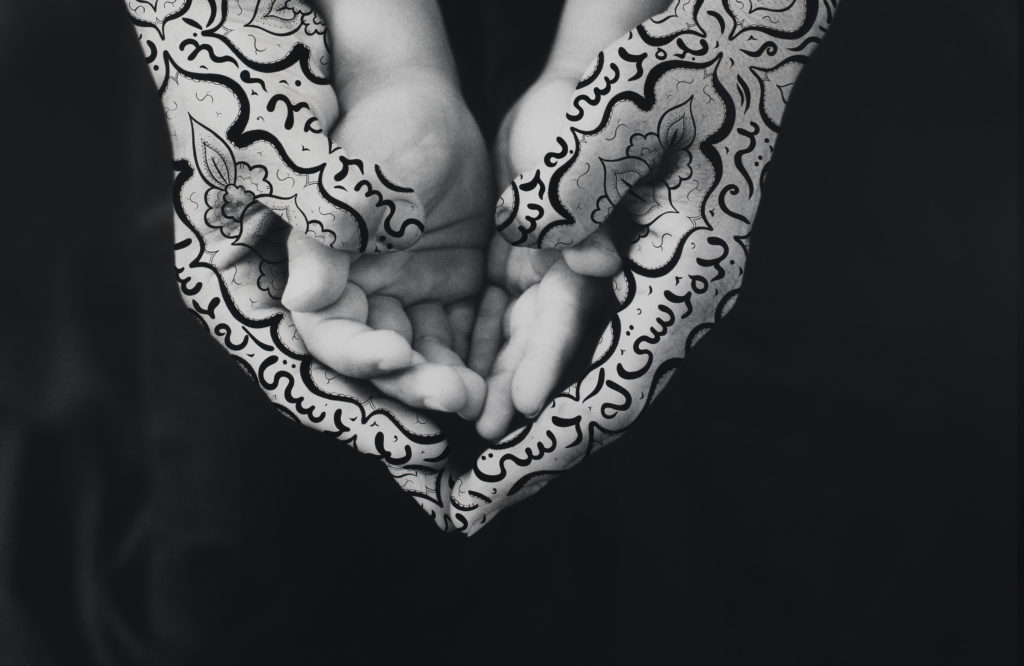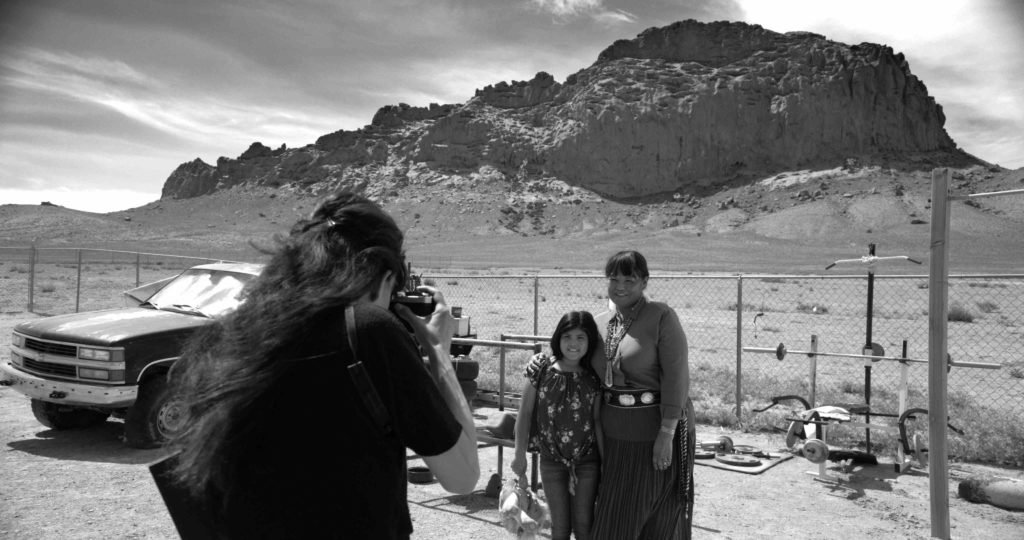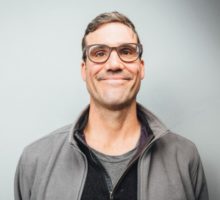I Will Greet the Sun Again
Curated by Ed Schad for The Broad in Los Angeles, the comprehensive showing of photographer/filmmaker Shirin Neshat has arrived at The Modern Art Museum of Fort Worth.

Shirin Neshat, Untitled, from Roja series, 2016
“I Will Greet the Sun Again” represents an unforgettable journey through 30 years of creative output, starting with black and white photography and moving into video installations. It also includes new work, “Land of Dreams,” which unites various modes of expression into a profound look at loss, grief, assimilation, and allegory.
As the show moves through her career, Nashat’s Iranian homeland remains present. The nomadic journey is also there, one she has been on since the Iranian Revolution sent her into exile. As explained in her introduction to the show, these pieces add up to a whole. “We need art to inspire us and help us cope,” Neshat said.
The show opened on February 28th and will run through May 16th. It manifests a very human process beginning with numerous conversations about women’s role in Islam – building first from political modes into a universal vocabulary of dreams.
After first coming to America decades ago, Neshat has lived here longer than she ever did in her country of origin. She considers the United States her home, a place she sees as founded on immigrants’ blood.
The show incorporates more than 250 works throughout the Modern’s galleries. It establishes the confrontational, political fervor of Neshat’s childhood before drawing viewers into the more subtle immersive form of filmmaking she would eventually develop with her installations. Though she studied art at UC Berkeley, she stopped making art for a time, moving to New York and working on the periphery of the exploding art and architecture scene of the 80s.
Her return home after 12 years would mark the re-ignition of her career as an artist, where she found a transformed landscape physically and culturally. Islam placed such limitations on interpersonal relationships and bound expression so tightly into censorship that she sought ways to use her creativity to celebrate humanity and history.

Shirin Neshat, Bonding, 1995
The first pieces took the form of self-portraiture, depicting the “Women of Allah” in various stages. We see modes of feminism, martyrdom, and ultimately questions of identity that have remained pervasive throughout her career. Often utilizing texts from Iranian poets like Forugh Farrokhzad, this work deepens the texture and complicates the images. Intricate pieces incorporate cultural elements while maintaining a provocative sensuality.
Following her last trip to Iran in 1995, she shot the “Garden Photos,” a series of images based on historical work from the 19th century. This trip would seem to represent another punctuation mark in her artistic career as the artist began a formal transition towards filmmaking.
The installations “Turbulance” and “Tuba” challenge filmmaking conventions, continuing to engage concepts of duality and division. The dual projections require a level of audience immersion to the degree that the viewer must participate in self-editing as they switch between the various images.

Shirin Neshat, “Land of Dreams”
In more recent times, Neshat has used her work to stand in resistance against traditional forms of power. She has engaged the conversation regarding the winds of the revolution that would eventually become known as the Arab Spring.
Neshat’s art incorporates the dance between poetry and image to evoke the opposing forces of mind and body that lie at the heart of exile. These principles shine brightly in her new work, “Land of Dreams.” We see her at the height of her powers processing her existence in America through a lens of magical realism. Layering together the portraiture, film installation and the interrogation of dreams, a powerful saga of identity and dislocation informs us all on some level, particularly during the surreal passage of the pandemic.
“The pieces of the show are like chapels within a church,” described curator Ed Schad.
 An Austin native, Lyle Brooks relocated to Fort Worth in order to immerse himself in the burgeoning music scene and the city’s rich cultural history, which has allowed him to cover everything from Free Jazz to folk singers. He’s collaborated as a ghostwriter on projects focusing on Health Optimization, Roman Lawyers, and an assortment of intriguing subjects requiring his research.
An Austin native, Lyle Brooks relocated to Fort Worth in order to immerse himself in the burgeoning music scene and the city’s rich cultural history, which has allowed him to cover everything from Free Jazz to folk singers. He’s collaborated as a ghostwriter on projects focusing on Health Optimization, Roman Lawyers, and an assortment of intriguing subjects requiring his research.


 Sign in
Sign in

